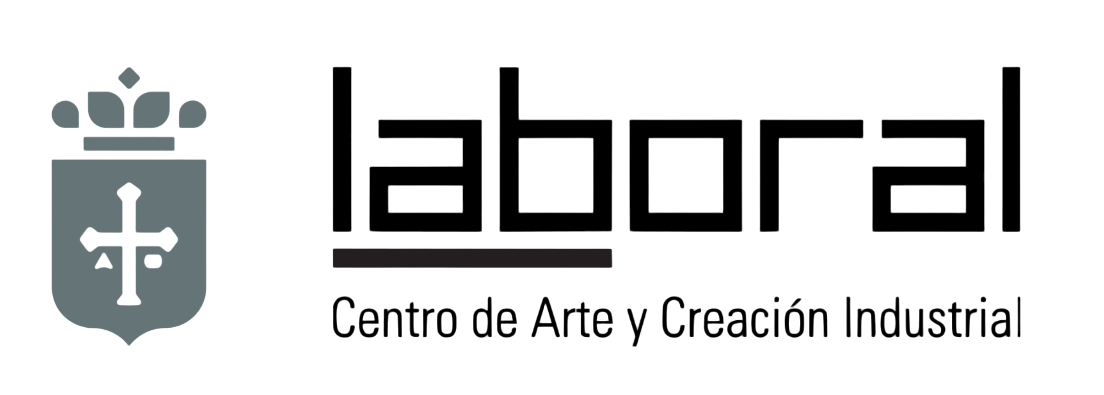C-print 188,5 x 248 cm
The videos and photographs in Stéphane Couturier’s series Melting Point examine the connection between the introduction of new technological tools and the inevitable emergence of changes in our vision and perception of reality. The artist himself has clearly defined the implications of his proposal as a “kind of figurative abstraction. The series deals with the melting point between two photographs or two videos, making the depiction fluctuate between document and fiction. However, the depiction is changed by this fusion, and the two connected realities produce a hybrid universe somewhere between tangible reality and virtual reality.”
Keenly aware of the progressive transformation of our lives as a result of continuous technological developments, Couturier explores the dissolution or dislocation of categories such as space and time. He does so, for instance, by casting his gaze over a car assembly line (a radiography of industry as pure process) or the flow of cars (the road network and traffic as symbols of change in our perception of time and distance). The assembly line is the most complete example of the process of transformation and the “construction” of realities in our recent history, just as roundabouts and road exits are examples of the mutation, flow and continuous movement underpinning our current society.
The videos and photographs in Stéphane Couturier’s series Melting Point examine the connection between the introduction of new technological tools and the inevitable emergence of changes in our vision and perception of reality. The artist himself has clearly defined the implications of his proposal as a “kind of figurative abstraction. The series deals with the melting point between two photographs or two videos, making the depiction fluctuate between document and fiction. However, the depiction is changed by this fusion, and the two connected realities produce a hybrid universe somewhere between tangible reality and virtual reality.”Keenly aware of the progressive transformation of our lives as a result of continuous technological developments, Couturier explores the dissolution or dislocation of categories such as space and time. He does so, for instance, by casting his gaze over a car assembly line (a radiography of industry as pure process) or the flow of cars (the road network and traffic as symbols of change in our perception of time and distance). The assembly line is the most complete example of the process of transformation and the “construction” of realities in our recent history, just as roundabouts and road exits are examples of the mutation, flow and continuous movement underpinning our current society.

